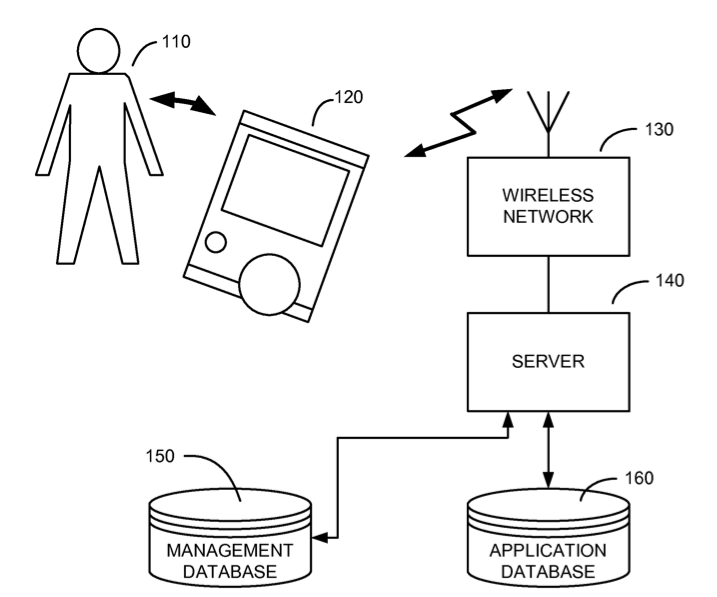
This Patent Application has received a "final rejection" by the US Patent Office. An applicant has several ways to keep an application in this state alive. They include a request for continuing examination. It just involves paying more fees and responding to the rejection. Appealing the rejection is another avenue. If nothing is done it will go abandoned six months from the final rejection.
The rejection was based in part on prior art found by Ask Patents community below!
Thanks to YOU, the Ask Patents community, overly-broad claims have at least been narrowed. Follow @askpatents to block more overly-broad patent applications.
A PATENT APPLICATION ON updating apps on mobile devices to restricted "dummy" apps This application from Good Technologies seeks to patent the idea of...deleting sensitive information on a device by creating dummy apps. 10 minutes of your time can help narrow US patent applications before they become patents. [Follow @askpatents] (https://twitter.com/AskPatents) on twitter to help.
QUESTION - Have you seen anything that was published before 12/21/2010 that discusses the following?
A management system for apps on mobile devices where apps are updated to dummy apps that, when invoked, destroy the respective apps' sensitive data.
For example:
Your company has as "Bring Your Own Device" policy. The company email app on your personal phone is "updated" to a new version. Then, when you launch that app, it will delete all the company email on your device and present a "YOU'RE FIRED" message instead of an inbox view.
Another example would be having version 1.0 of a game updated to a limited trial of version 2.0 that encrypts your old save file on first being run.
Please note that standard mobile app management/mobile device management platforms do not necessarily anticipate the invention. That is, remote deletion of an application and/or data is not sufficient to meet the claim limitations. It's critical that the prior art disclose updating/modifying the app to a restricted functionality "dummy" version and for the updated app to itself delete/modify the existing data upon being run.
TITLE: System and Method for Remote Management of Applications Downloaded to a Personal Portable Wireless Appliance
- Publication Number: US 20110145932 A1
- Application Number: US 12/975,145
- Assignee: Appcentral, Inc. / Good Technologies
- Prior Art Date: Seeking prior Art predating 12/21/2010
Claim 1 requires each and every element below:
A system for downloading and monitoring applications, programs and data structures to a personal portable appliance coupled to a server via a network configured to:
determine that the appliance is connected;
generating a connection request from the appliance;
authenticating the appliance;
determining that one or more applications must be updated;
receiving at least one updated application comprising a dummy application such that when the application is invoked the data structures of the previous application are manipulated;
modifying the functionality of the application; and
offering the user one or more indications that the application is restricted or limited.
Good prior art would be evidence of a system that did each and every one of these steps prior to 12/21/2010. (Please note that although that this patent application is a continuation-in-part of earlier-filed parent cases, the claimed invention is not supported by the disclosure of the parent cases, rendering the actual filing date the effective filing date.)
"A diagram of the application management system" from the Applicant

What is good prior art? Please see our FAQ.
Want to help? Please vote or comment on submissions below. We welcome you to post your own request for prior art on other questionable US Patent Applications.

